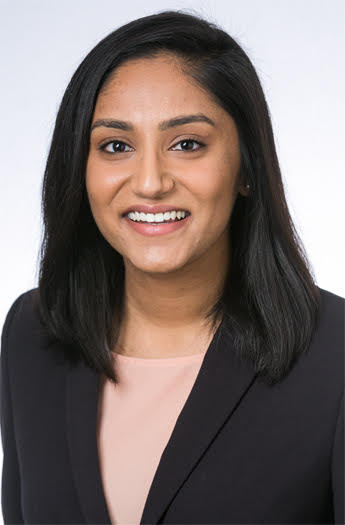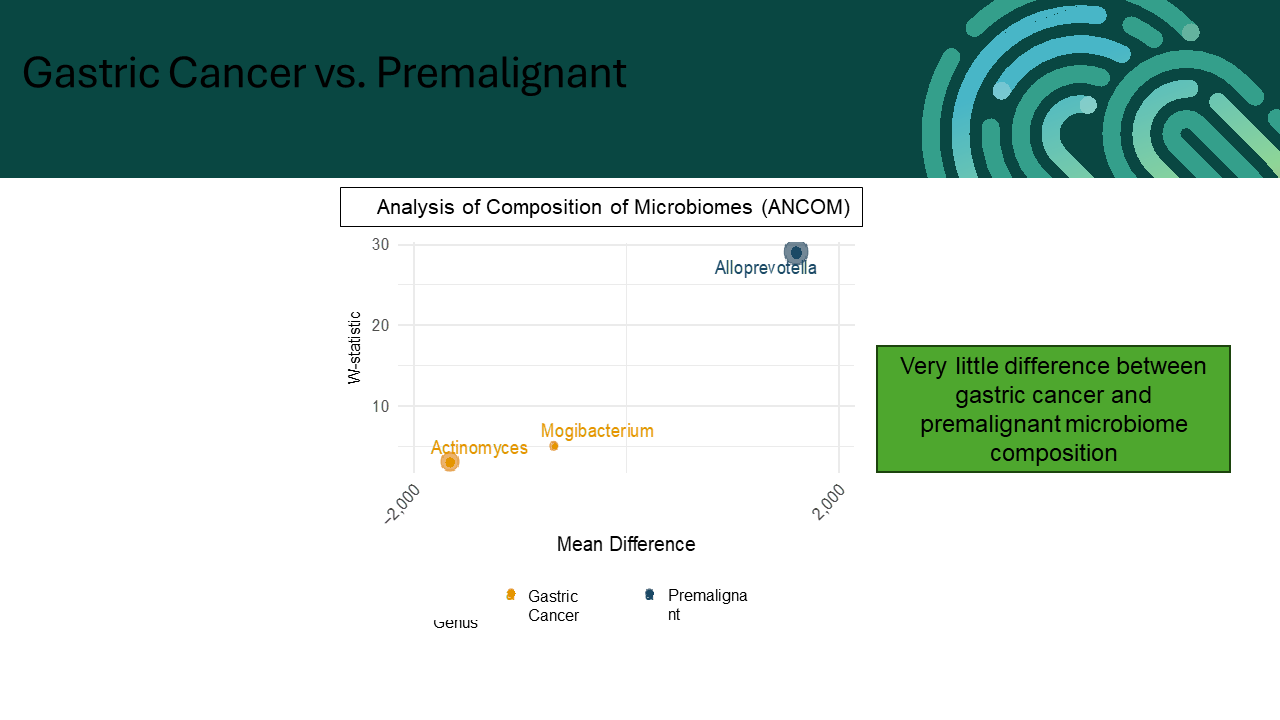The oral microbiome may hold the key to a simple, non-invasive method for gastric cancer screening, according to Shruthi Reddy Perati, MD, general surgery resident at Rutgers Robert Wood Johnson School of Medicine, who is presenting the findings of a new study during Digestive Disease Week® (DDW) 2024.
“Using a simple mouthwash sample, we were able to identify biomarkers that may correlate with gastric cancer risk,” says Haejin In, MD, MPH, a surgical oncologist at the Rutgers Cancer Institute of New Jersey and the principal investigator of the study. “As a screening and prevention tool, this is an ideal situation. Early detection is key in cancer. But if we can find patients before cancer develops, we may be able to prevent it.”

Gastric cancer screening via endoscopy is common in Asia, where the incidence is high, but there are no formal guidelines in the U.S. As a result, most patients do not present until they are symptomatic and have advanced disease, Dr. Perati explains. By that time, their prognosis is relatively poor—only 36% of gastric cancer patients in the U.S. are alive 5 years after diagnosis, according to the National Cancer Institute.
Current gastric cancer screening methods are highly invasive, so the oral microbiome is very attractive as a proxy to understand what’s happening in the stomach.
In this study, researchers collected oral mouthwash samples from 98 individuals, who were fairly diverse. More than half of participants (62%) were women and nearly one-third (31%) were Hispanic. One-third of participants had gastric cancer, one-third had pre-malignant lesions, e.g., gastric reflux or ulcers, and one-third were controls. The oral microbiome profiles of these three groups were compared.
Key results include:
- There were 32 bacterial genera that were distinctly different (in relative abundance) when comparing the oral microbiome of the control group to the group with gastric cancer.
- There were 23 bacterial genera that were distinctly different when comparing the oral microbiome of the control group to the group with pre-malignant lesions.
- Helicobacter, Selenomonas and Lactobacillus were more abundant in the gastric cancer and pre-malignant group.
- Parabacteroides, Alistipes and Phascolarctobacterium were more abundant in controls.
- The oral microbiome profiles of the pre-malignant group and gastric cancer group were similar.
Using the most disparate bacterial genera, researchers constructed a model that could distinguish between the control group and gastric cancer/pre-malignant groups. Adding clinical and patient information improved the model’s performance.
This was the first study to look at the oral microbiome in a pre-malignant group, according to Dr. Perati. Prior studies had only compared the microbiome of those with and without cancer. But including pre-malignant patients turned out to be critical, she notes, as it may lead to a simple, cost-effective screening tool for gastric cancer risk.
Dr. In is planning a larger, multi-site study to see if the differences the study found are generalizable across the broader patient population.
“We know that gastric cancer screening can increase survival,” she says, referring to evidence from Asia where survival rates are higher than in the U.S. “Gastric cancer disproportionately effects minorities — populations who are less likely to undergo screening even when there is a tool. It’s imperative that we find a screening tool that is both accessible and affordable.”
Dr. Perati’s oral presentation, “Oral microbiome signatures as potential biomarkers for gastric cancer risk assessment,” on Monday, May 20, at 4:15 p.m. EDT is part of the session “Best of Stomach/Bariatric/Metabolic Diseases.”




